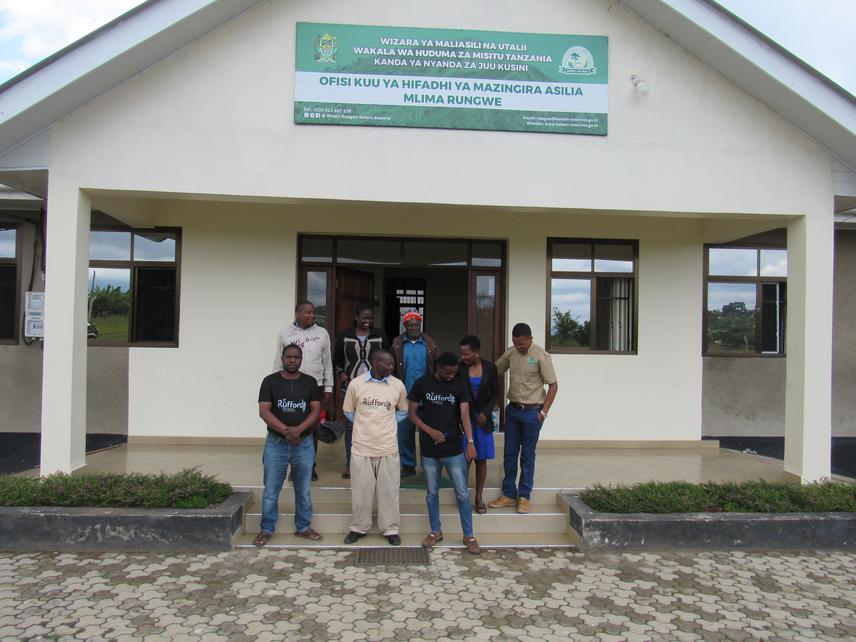Fredrick Ojija
Other projects
22 Sep 2017
Enhancing Ecological Habitat for Critically Endangered Long-Billed Tailorbird (Artisornis moreaui) Through Community Empowerment in Nilo Nature Reserve,Tanzania
11 Apr 2022
Enhancing Conservation of Paragalago sp and Rungwecebus kipunji through Community Empowerment, Habitat Restoration, and Population Survey, Tanzania
12 Oct 2023
Securing Habitats and Populations of Endangered Species through Countermeasures of Invasive Plant Problems in Mt. Rungwe Nature Forest Reserve, Tanzania
The Mount Rungwe Nature Forest Reserve in Tanzania is a vital ecological area protecting endangered, critically endangered, and rare species. It provides macro and micro-habitats to native biota, and ecosystem services to local communities. However, its ecological integrity and critically endangered kipunji (Rungwecebus kipunji) are threatened due to deforestation and forest degradation. As a result, ecological habitats for R. kipunji in the reserve have been deteriorating, and therefore, threatening species’ existence. This project aims to investigate the extinction risk and population of kipunji, raise kipunji conservation awareness and identify priority areas for conservation to reduce the species extinction risk.

© Ojija
The Mount Rungwe Nature Forest Reserve (MRFNR) in Tanzania is a vital ecological area protecting endangered, critically endangered, and rare species. It provides macro and micro-habitats to native biota, and ecosystem services to local communities. However, its ecological integrity and critically endangered kipunji (Rungwecebus kipunji) are threatened due to deforestation and forest degradation. As a result, ecological habitats for R. kipunji in the reserve have been deteriorating, and therefore, threatening species’ existence.
This project aims to reduce extinction risk of R. kipunji by improving ecological habitats in the reserve and raise the species conservation awareness through education. It will update the current population status of kipunji in the MRFNR. This is because there are limited studies which have been conducted to assess ecological habitats of R. kipunji in the reserve, particularly in areas with little management efforts. Besides, there are ongoing anthropogenic changes mainly due to deforestation and forest degradation (DD) which threaten R. kipunji population. In order to plan and implement conservation strategies to reduce kipunji extinction risk, it is vital to assess its population and habitat status in MRNFR, and conduct conservation education in local communities. The current status of R. kipunji population and ecological habitat in the MRNFR will be established and used as the baseline for conserving the species.
This information will enable the conservators to direct their management efforts to areas with high human activities which impend R. kipunji survival. Also, factors accelerating DD within and at the border zones of the MRNFR will be assessed, identified, and used to plan management actions to stop their associated effects. Precisely, this work will achieve the following specific objectives:
i. To assess the population status of R. kipunji in MRNFR
ii. To assess the habitat suitability of R. kipunji in MRNFR
iii. To identify the priority areas for conservation of R. kipunji based on the data and knowledge gained from the first two specific objectives
iv. To raise kipunji conservation awareness in communities
v. To collaborate with stakeholders such as Tanzania forest service (TFS), and MRNFR to protect R. kipunji and its habitats